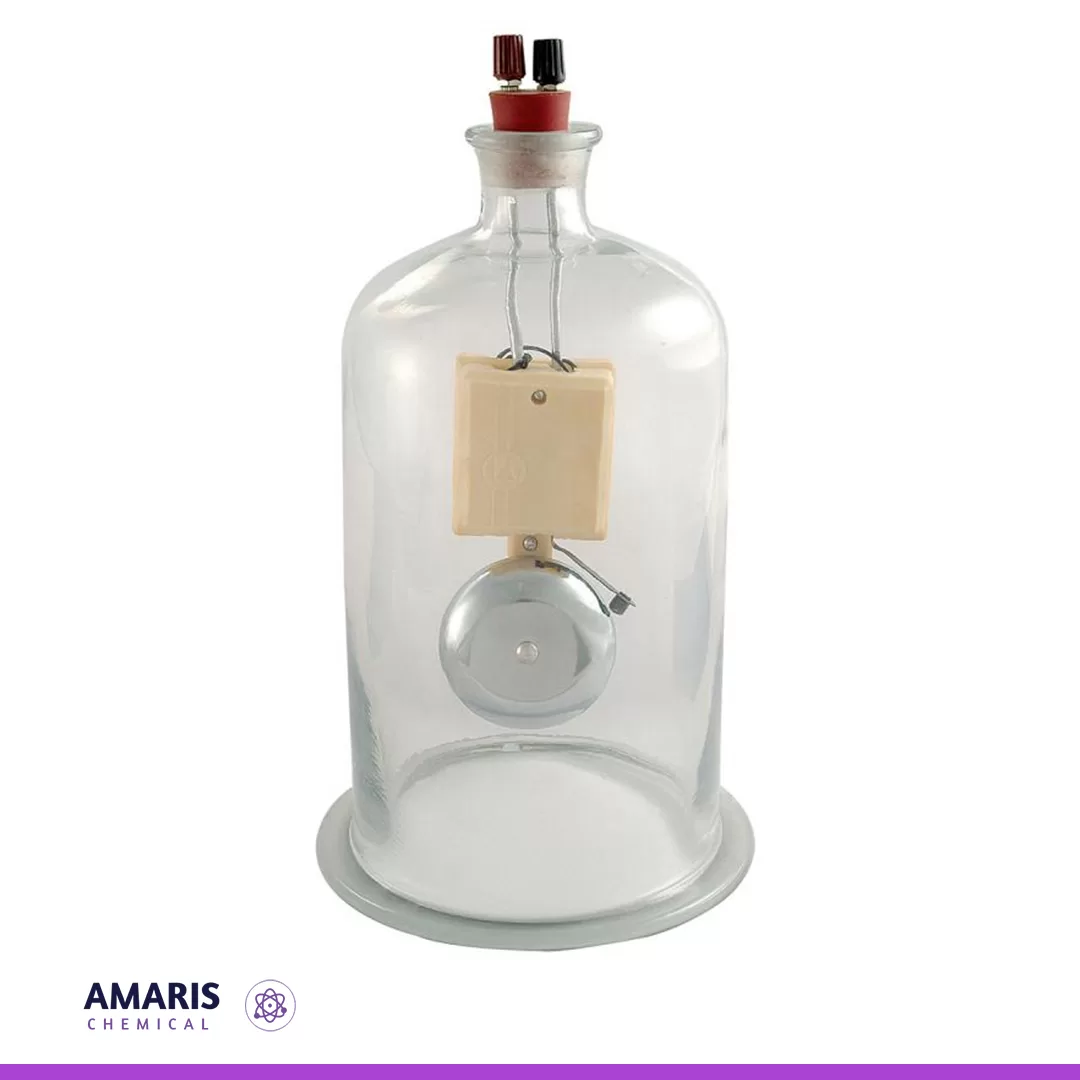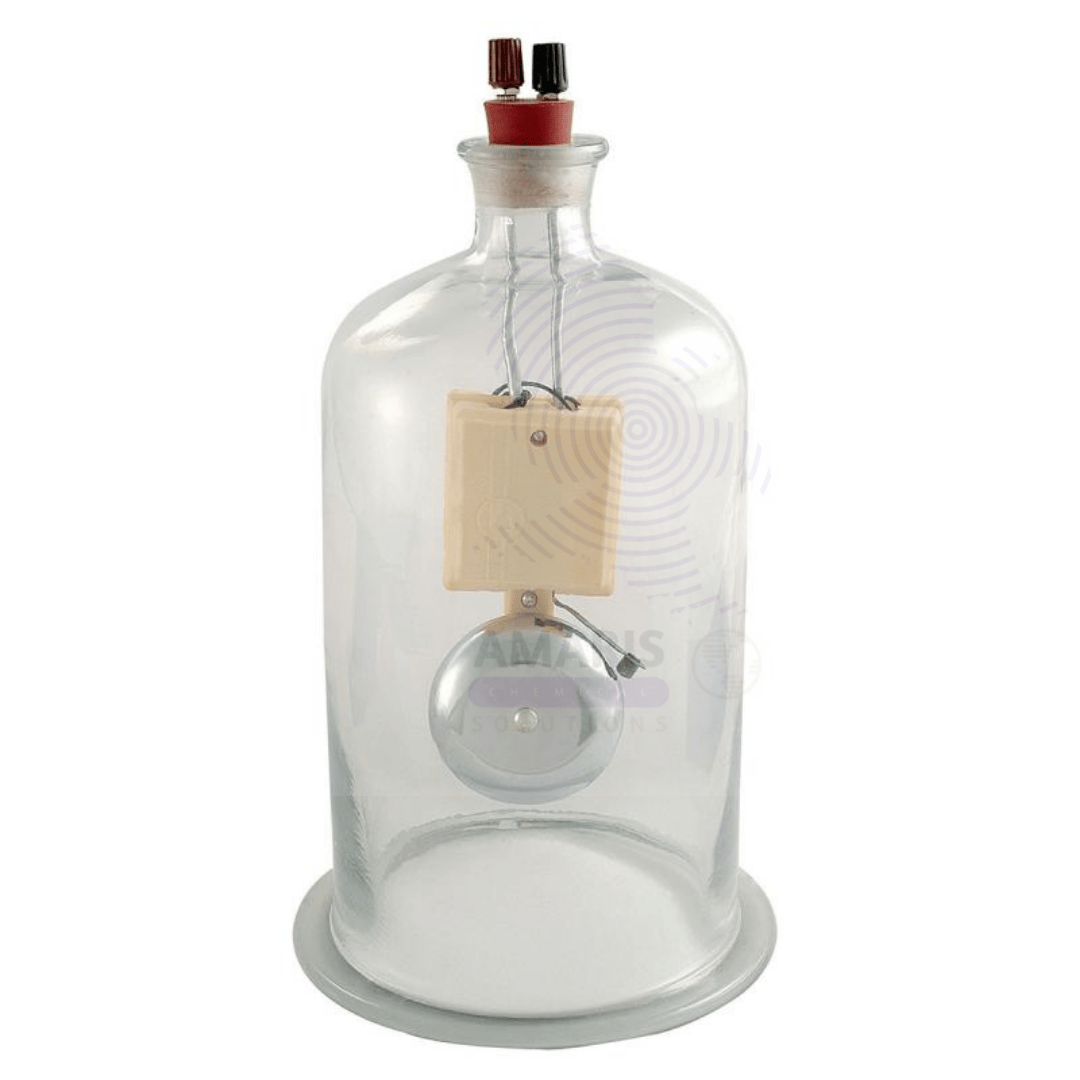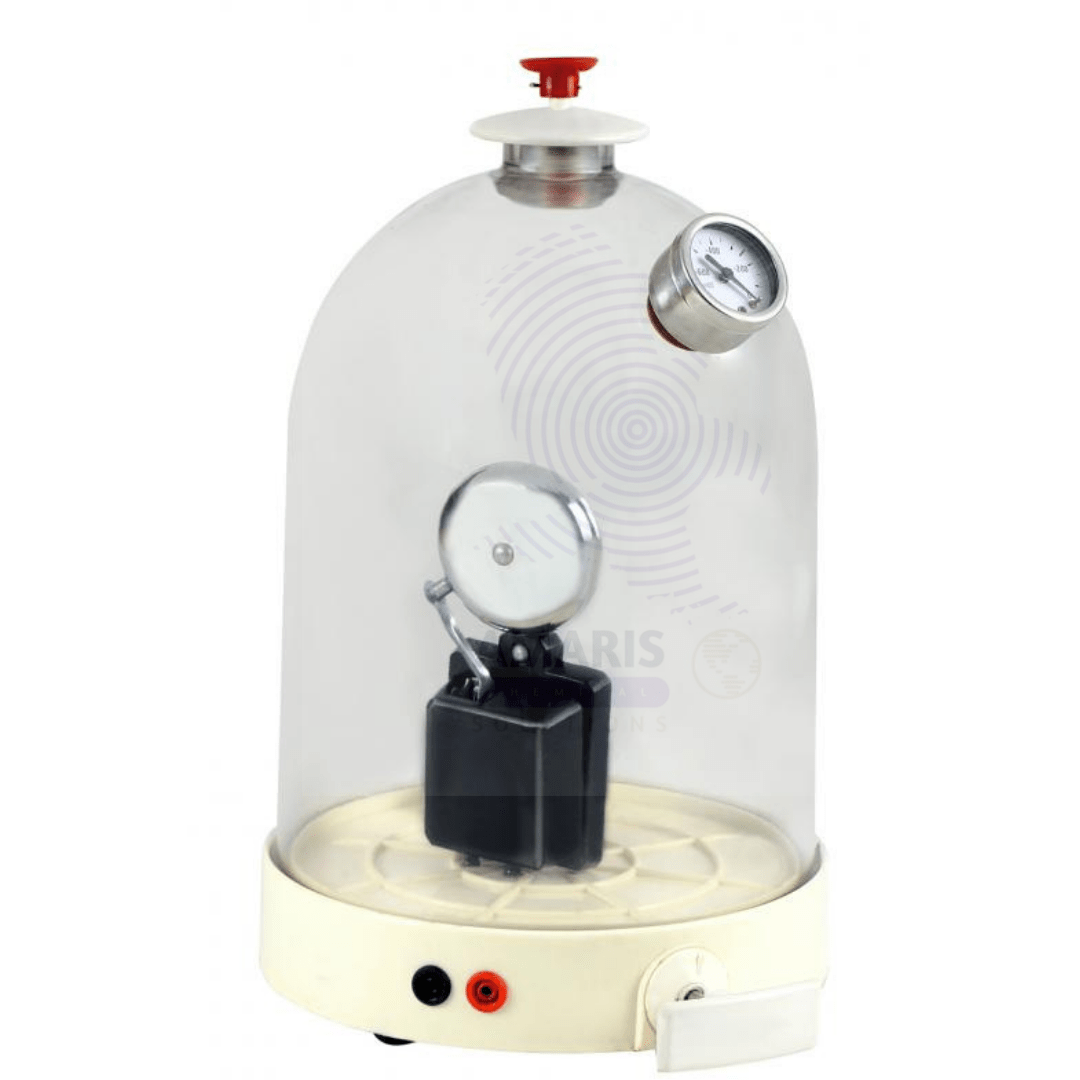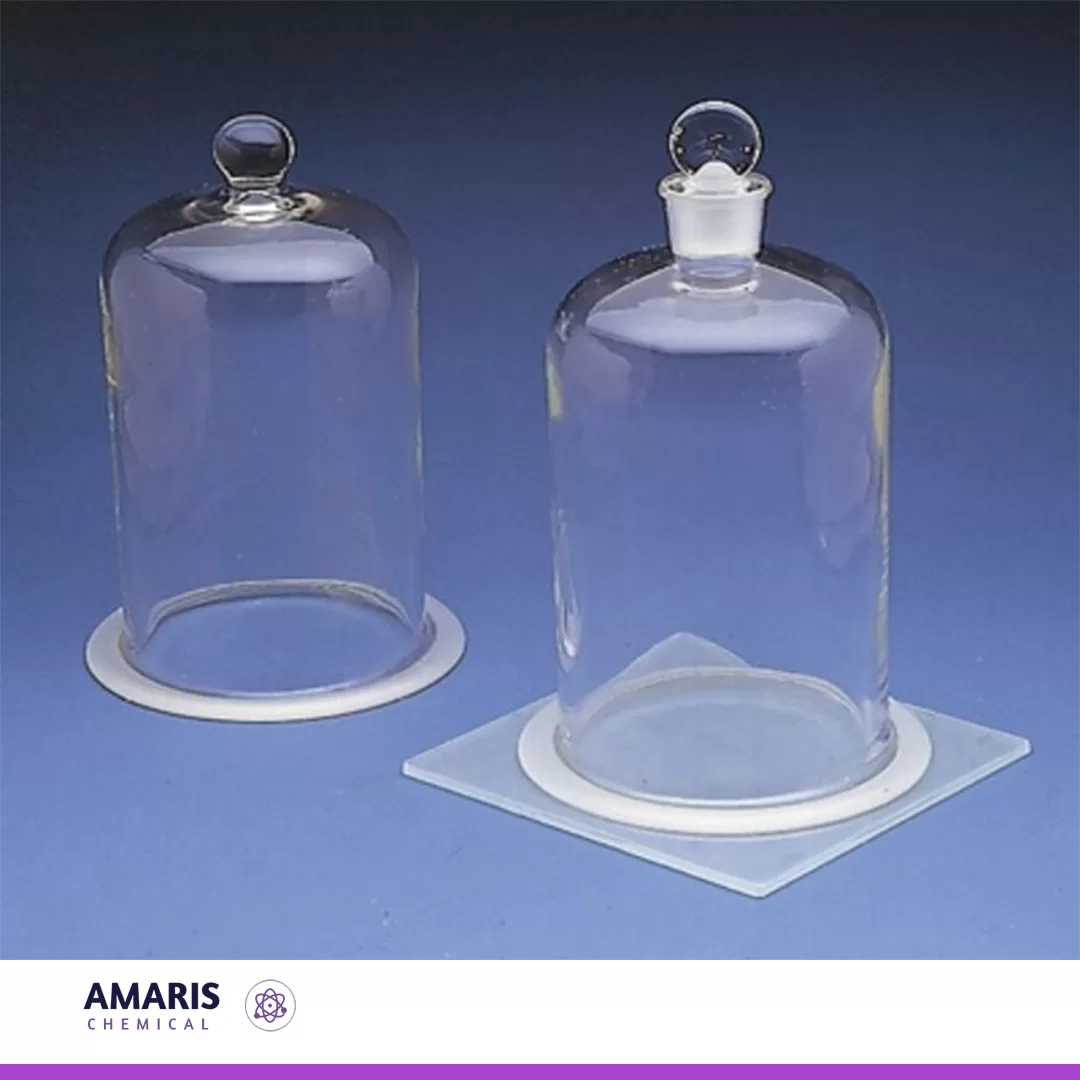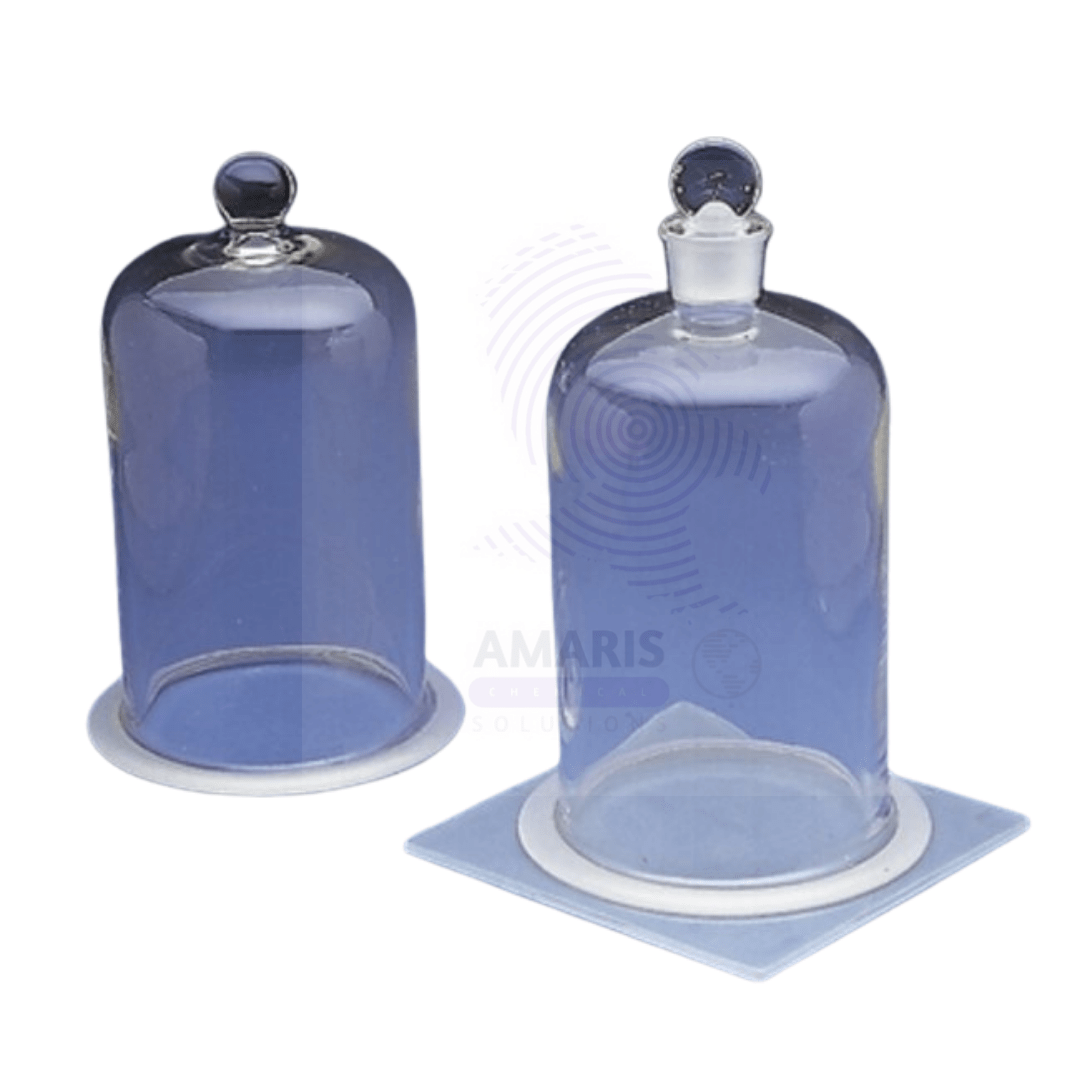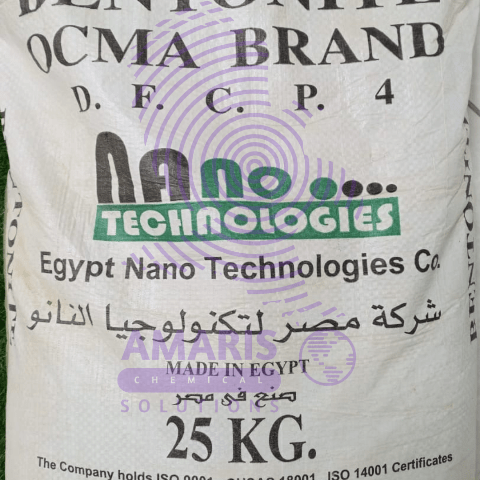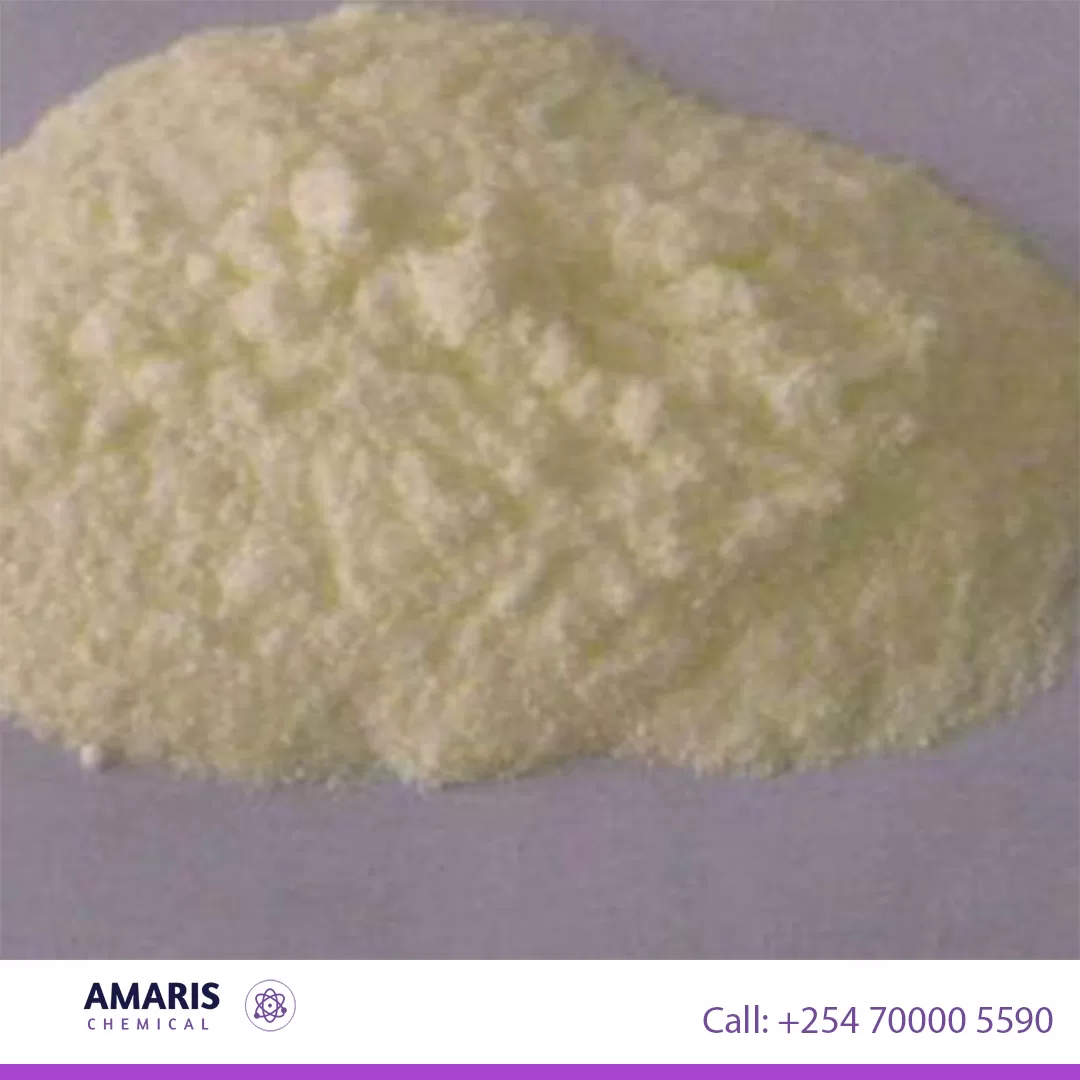Beeswax
Beeswax is a natural substance produced by honeybees. It is a waxy material secreted by worker bees and used to build the walls and cells of honeycombs in the beehive. Beeswax is typically a yellowish-brown or white solid that has a distinctive honey-like scent. It consists primarily of esters, fatty acids, and hydrocarbons.
In addition to its role in constructing the hive, beeswax has various practical applications outside the hive. It is commonly used in the production of candles, cosmetics, pharmaceuticals, and as a coating for certain food items. Beeswax is valued for its versatility, as it provides a natural and renewable ingredient with properties such as moisture resistance, flexibility, and a slow-burning nature.
bell in vacuum
A "bell in vacuum" apparatus is a scientific setup used to demonstrate the effects of reduced air pressure (vacuum) on sound transmission. It typically consists of a bell or sound-producing object enclosed within a sealed chamber from which air has been removed, creating a low-pressure environment. This apparatus is designed to illustrate how sound travels differently in a vacuum compared to in normal atmospheric conditions, highlighting the role of air molecules in sound propagation.
Bell in vacuum
A bell jar is a cylindrical glass or plastic container with a bell-shaped top, designed to create a vacuum environment when placed over a base. Its smooth, transparent walls allow for easy observation of the contents inside. Typically used in laboratory settings, the bell jar can be connected to a vacuum pump to remove air and lower the pressure inside, making it ideal for experiments that require the absence of air or specific atmospheric conditions.
The bell jar's applications include conducting vacuum experiments, studying chemical reactions, performing dehydration studies, and observing the effects of reduced pressure on various materials. Its design ensures a secure seal, enabling scientists to manipulate environmental variables effectively and safely.
bell in vacuum with air pump with plate
A "bell in vacuum" apparatus is a scientific setup used to demonstrate the effects of reduced air pressure (vacuum) on sound transmission. It typically consists of a bell or sound-producing object enclosed within a sealed chamber from which air has been removed, creating a low-pressure environment. This apparatus is designed to illustrate how sound travels differently in a vacuum compared to in normal atmospheric conditions, highlighting the role of air molecules in sound propagation.
Bell in vacuum with air pump with plate
In a laboratory setting, a bell is positioned inside a clear vacuum chamber mounted on a sturdy plate. The vacuum chamber is connected to an air pump that allows for the controlled removal of air. When the bell is struck, it produces sound waves that normally propagate through the air. As the air is gradually pumped out of the chamber, the intensity of the sound decreases, demonstrating the principle that sound requires a medium, such as air, to travel. This visual and auditory demonstration effectively illustrates the concepts of sound transmission, pressure changes, and the properties of a vacuum, making it an excellent educational tool for exploring fundamental physics principles.
This setup enables students to witness firsthand how sound fades in a vacuum and encourages discussions about the relationship between sound and the medium through which it travels.
Bell Jar with knob
The best definition of a bell jar apparatus is a scientific instrument used in laboratories to create a controlled environment for various experimental purposes, such as studying the behavior of gases, conducting vacuum experiments, or demonstrating principles of physics and chemistry. It consists of a glass or transparent plastic container shaped like a bell, which can be sealed to create a vacuum chamber. The apparatus allows researchers to manipulate and observe the interactions of substances or objects within the vacuum or controlled atmosphere, often enabling investigations that wouldn't be possible under standard atmospheric conditions.
Bell jar with knob
A bell jar with a knob is a transparent, dome-shaped container typically made of glass or clear plastic. It features a wide base and a tapered top, allowing for a secure fit on various surfaces. The knob at the top facilitates easy handling and movement, enabling quick access to the interior. This jar is designed to create a sealed environment, making it ideal for experiments involving vacuum, gas containment, and pressure control. Its clear material allows for easy observation of the contents, making it a valuable tool in both educational and research settings for demonstrating scientific principles and conducting various experiments.
Bentonite Powder 25kg bag
Bentonite powder is a naturally occurring, highly absorbent clay-like substance derived from volcanic ash. It is composed primarily of montmorillonite, a mineral that is known for its ability to absorb water and other liquids. Bentonite powder is commonly used in a variety of industries, including construction, drilling, and cosmetics, due to its unique properties such as its ability to swell and form a gel-like substance when it comes into contact with water, making it useful as a binding, thickening, and clarifying agent.
Benzophenone 3
Benzophenone is an organic compound with the chemical formula (C₆H₅)₂CO. It is a pale yellow solid that belongs to the class of aromatic ketones. Benzophenone is widely used as a building block in the synthesis of various organic compounds and also finds applications as a photoinitiator, UV absorber, and fragrance ingredient in the manufacturing of cosmetics, plastics, adhesives, and coatings. It exhibits ultraviolet (UV) light-absorbing properties, making it useful in sunscreens and other products designed to protect against harmful UV radiation.











